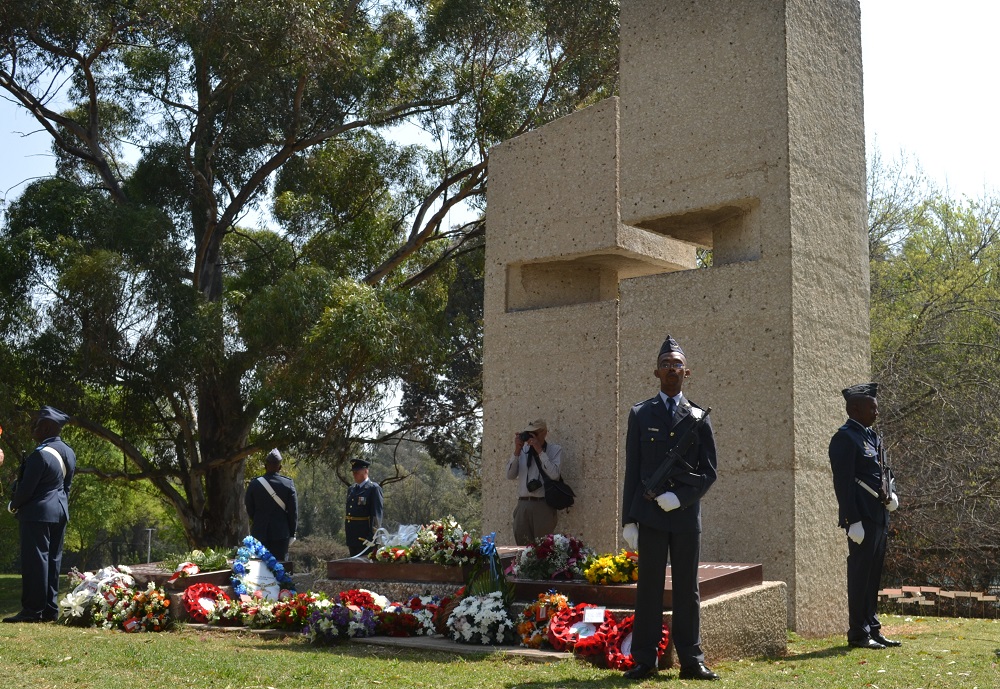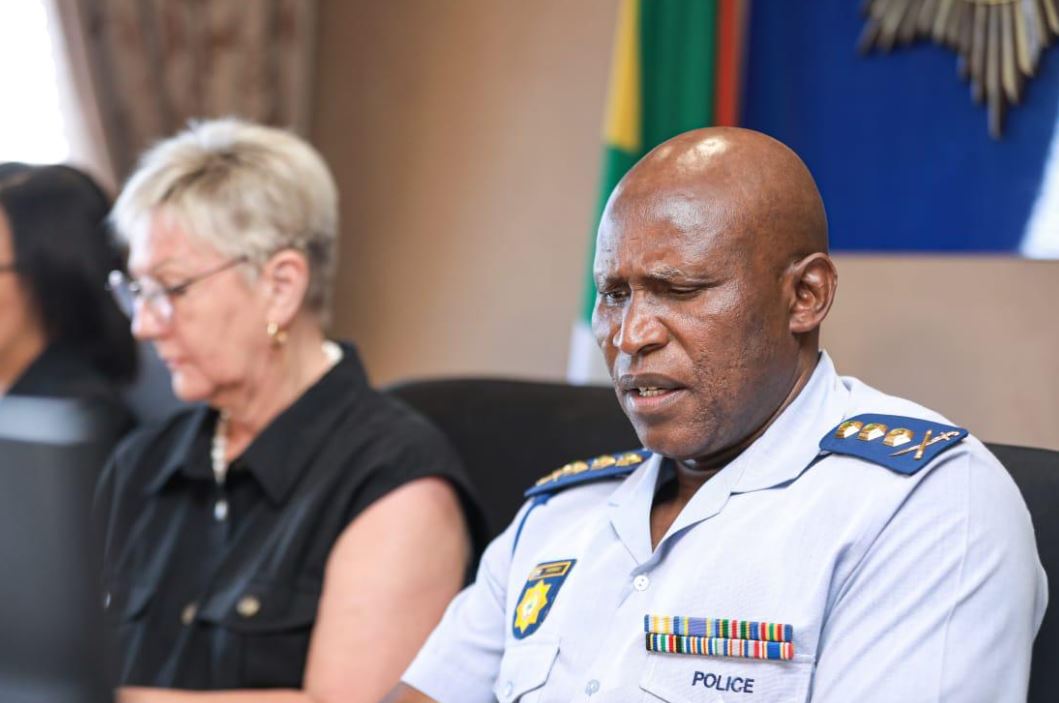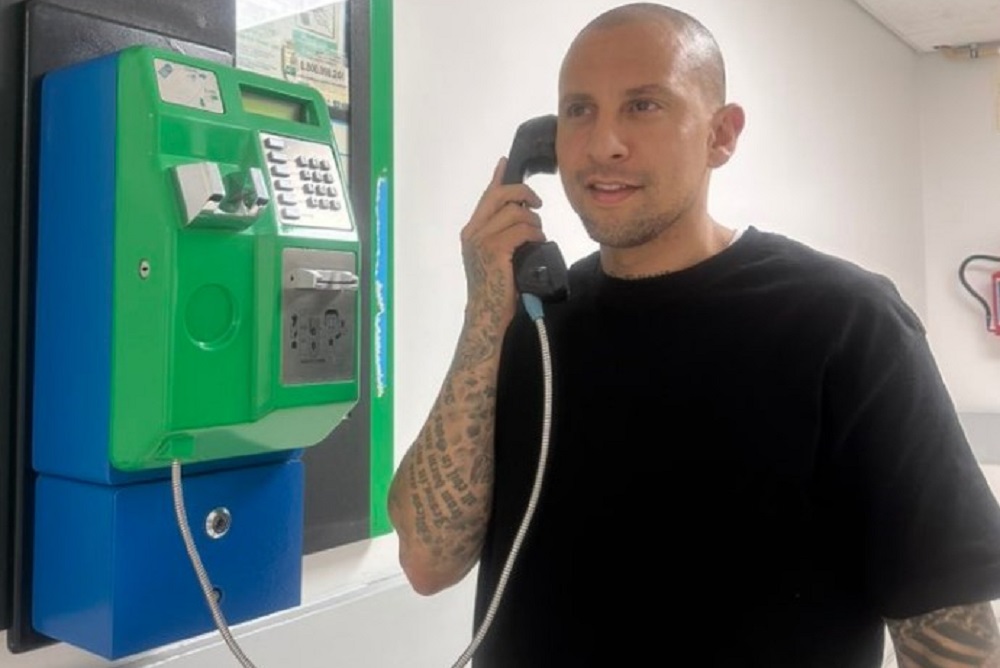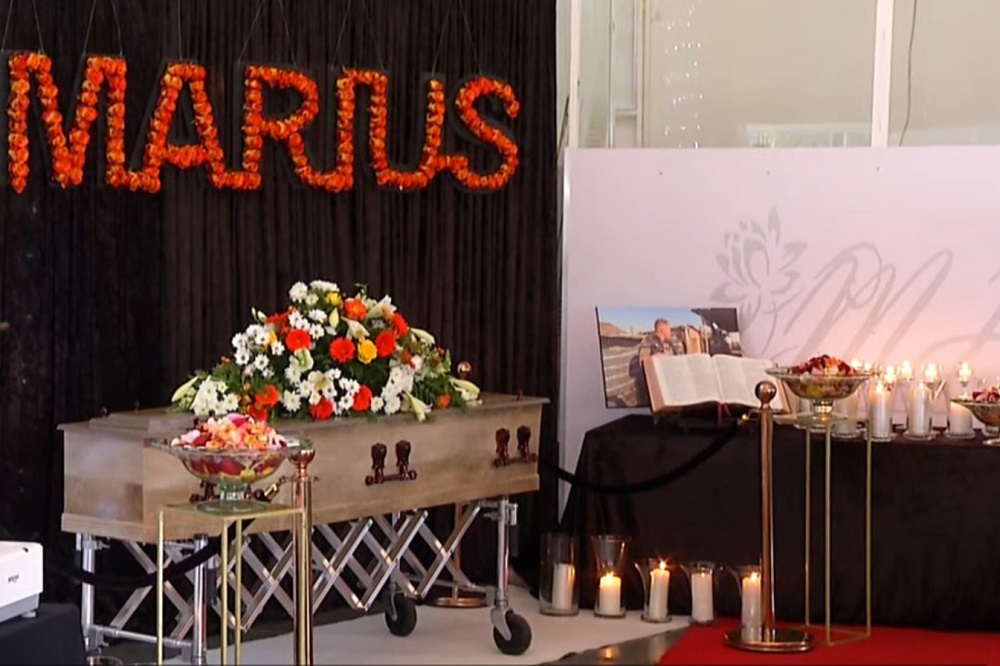-
81st anniversary of the Warsaw Uprising and historic Warsaw Relief Flights commemorated at the Katyn Memorial in Johannesburg
The Polish people who fought heroically during the Warsaw Uprising in 1944, and the bravery of the South African aircrews who undertook to resupply the Polish resistance during the 63-day airlift in World War Two, have been remembered at the Katyn Memorial in Johannesburg.
Polish Ambassador to South Africa Jacek Chodorowicz, said this was an opportunity to salute the bravery and heroism of the South African pilots as well as those who took part in the uprising. He stressed it was thanks to them that we can fully exercise our freedoms and make our own choices today.
Chodorowicz, himself from Warsaw, summed up the situation facing his compatriots in August 1944: “The entire city was ablaze. The Poles fought the enemy in the basements and sewers and from floor to floor of the buildings. They were eventually overwhelmed. Tens of thousands of civilians and underground soldiers were killed….their sacrifice did not change the fate of the uprising…the support was too little and arrived too late.. but the air drops were a real help, a hope, especially the one, the only one (September 8, 1944), made during the daylight hours.”
Trevor Slade, the President of the South African Air Force Association, noted the systematic destruction of Warsaw and its population had already begun in 1939. He said the emotional Polish people’s desire for justice and revenge against the Nazis after five years of occupation, was intense. The Warsaw Uprising – which began on 1 August 1944 – he said, was the single largest military effort taken on by any European resistance movement in World War ll.
The Warsaw Uprising claimed the lives of at least 200 000 Polish civilians and fighters. In response to this, the Germans reduced the city to rubble and ashes. Before the war, the city was home to over one-million.
Slade said: “At the urgent request of Polish forces to the Royal Air Force, the Polish Air Force in exile and significantly the South African Air Force (SAAF), which was based in Italy, to drop ammunition and medical supplies to the Warsaw freedom fighters. And the magnificent response by the South African Air Force has left a legacy of great pride – not only in the rich annals of the SAAF, but in the war history of military aviation around the world… We pay tribute to those brave people of Warsaw, the brave Polish people and those brave aircrews.”
On 3 August 1944, then British Prime Minister Winston Churchill authorised the Royal Air Force (RAF) to provide air support for the Warsaw Uprising. 205 (Heavy Bomber) Group RAF, based in Italy and under the command of South African Major-General James Durrant, was given the task. The Group included the SAAF’s 31 and 34 squadrons, which flew the American B-24 Liberator heavy bombers.
The flights – under extremely dangerous conditions – took place from 13 August to 22 September. For the greater part of the almost three-thousand-kilometre round trip, the aircraft flew over enemy territory and in broad daylight, although they were timed to reach the city in the dark, when the aircrews could see the city burning. The planes also flew with a minimum fuel reserve (9 percent instead of the standard 25 percent) to enable them to carry as many supplies as possible. The SAAF losses were high – 23 aircraft were lost and 44 pilots and crew died.
Speaking of the enduring and strong bonds formed through the airlift, Martin Urry the chairman of the Warsaw Flights Organising Committee, said the while South African losses were high and it had been asked if these were worth the effort, the friendship that has been fostered between the two countries – and continues to this day – cannot be disputed. This was underlined by the annual services held in Johannesburg, the first of which was held in 1945 by a group of former members of 31 and 34 squadrons and their Polish friends, to remember their fallen comrades. Later services were held at the Cenotaph in central Johannesburg, before moving to the current venue in the 1980s.
As a tribute to those who made the ultimate sacrifice, military veterans associations, Polish community organisations in South Africa as well as German and American military attaches laid wreaths at the memorial. A wreath was also laid by a member of the Polish community to remember family members and other Polish officers killed during the Katyn massacres in 1940. At least 22-thousand Polish military and police officers, border guards, and members of the intelligentsia were executed by the Soviet secret police, on Joseph Stalin’s orders.





